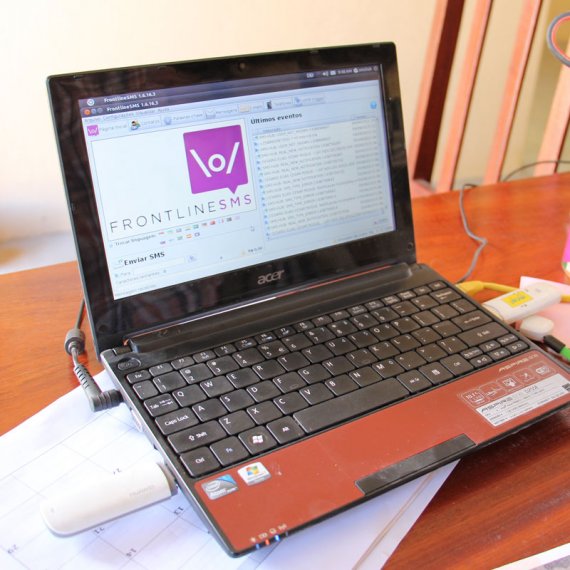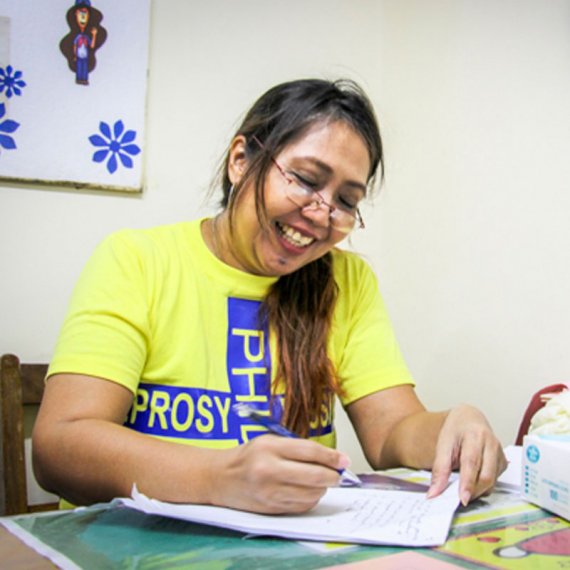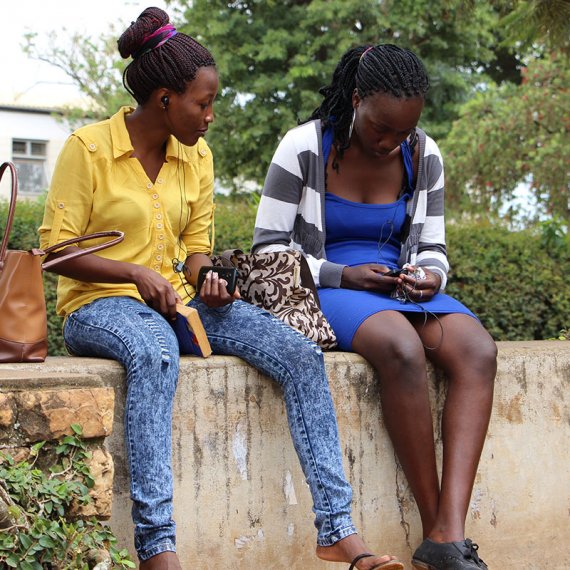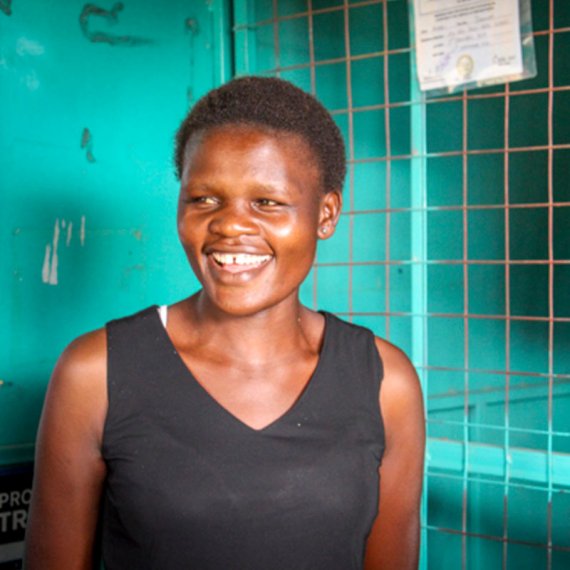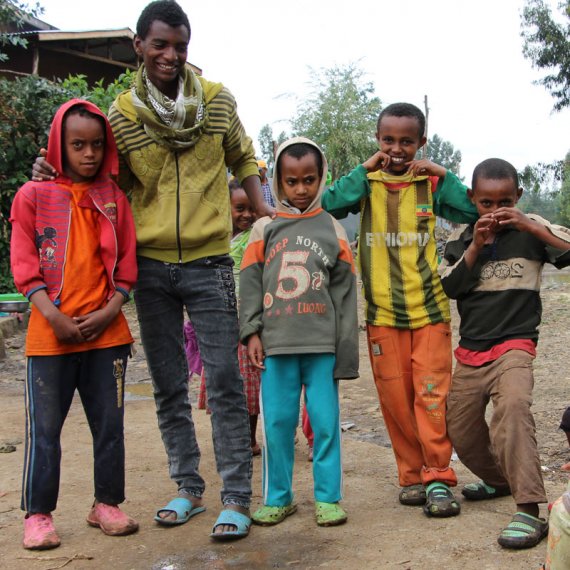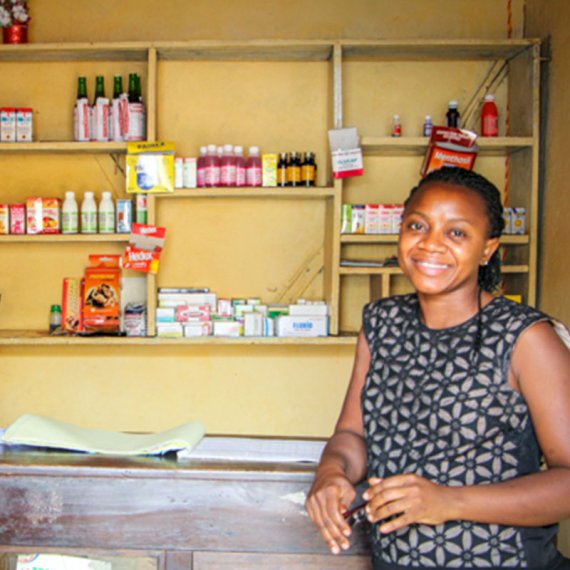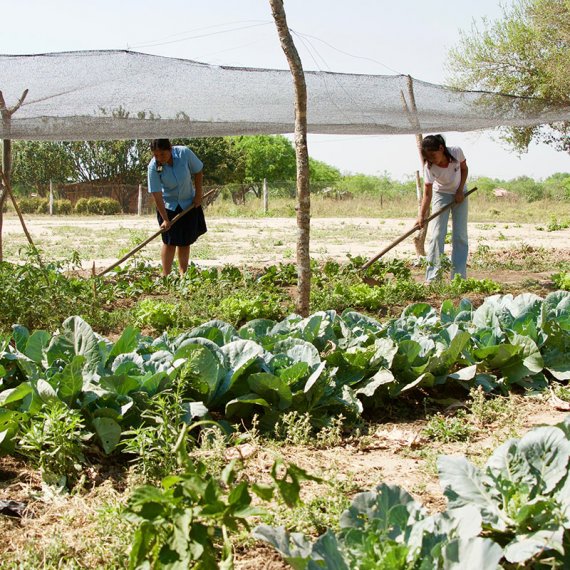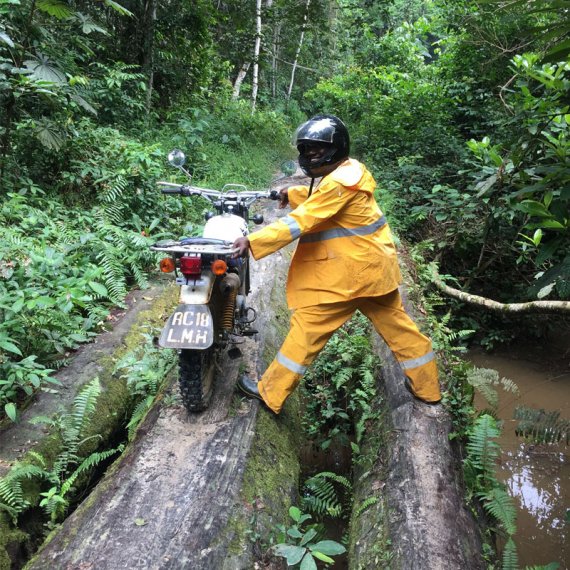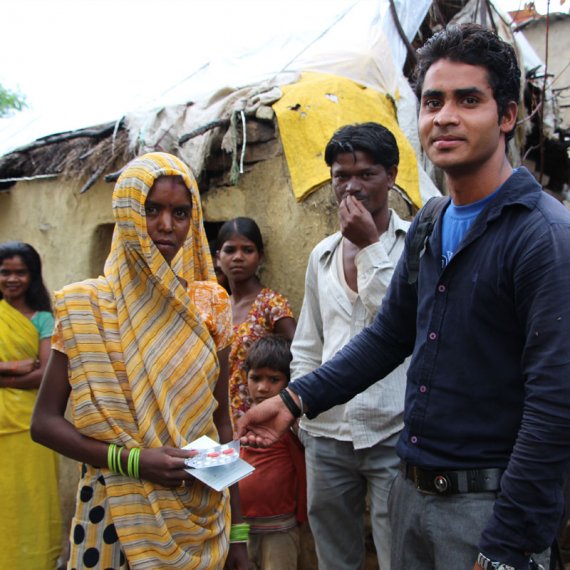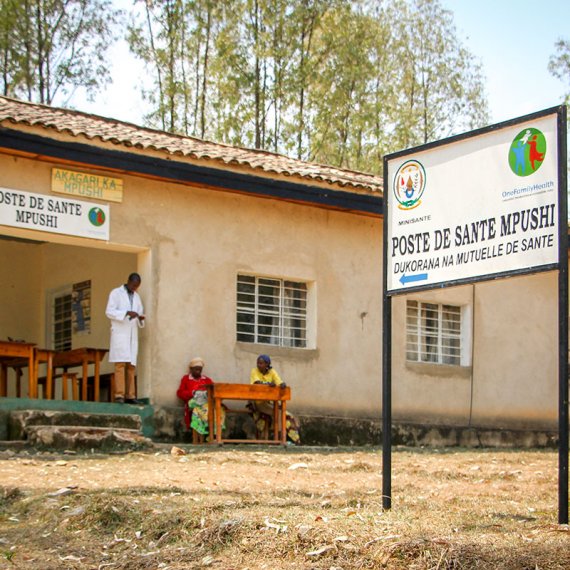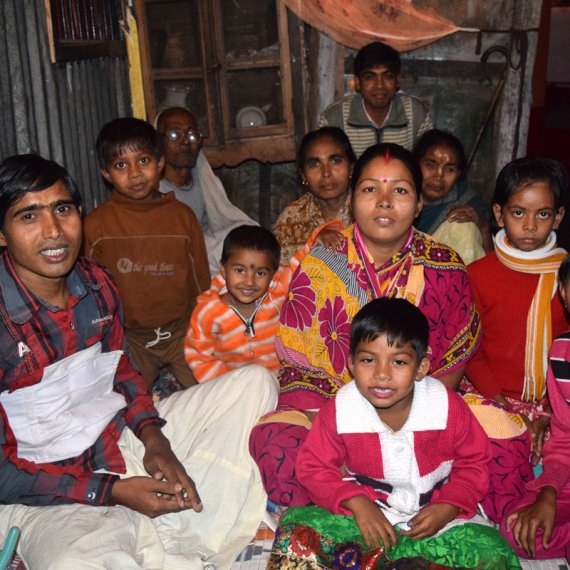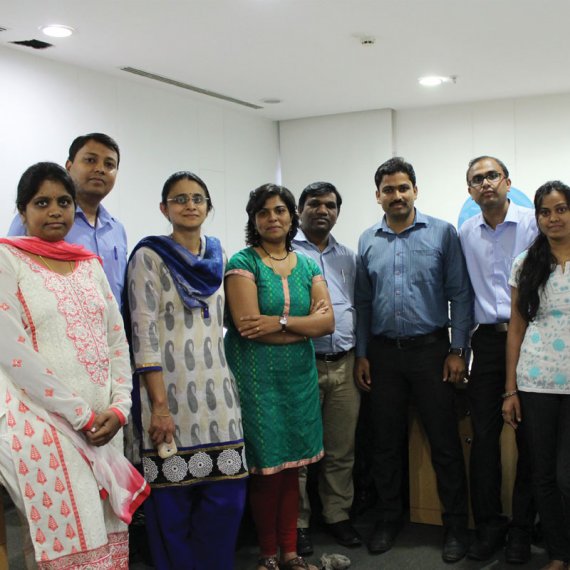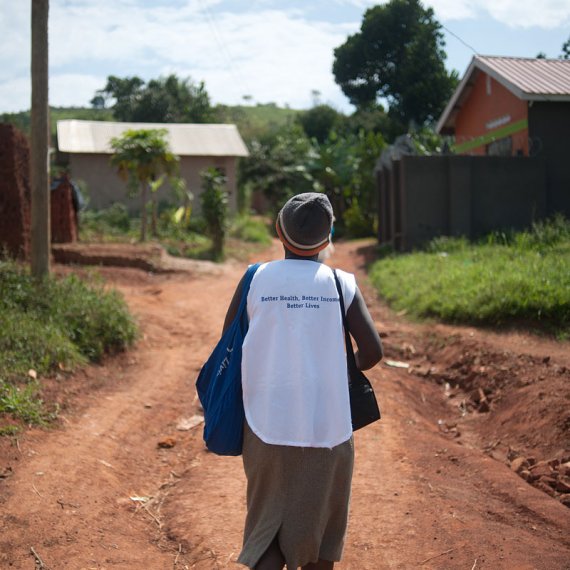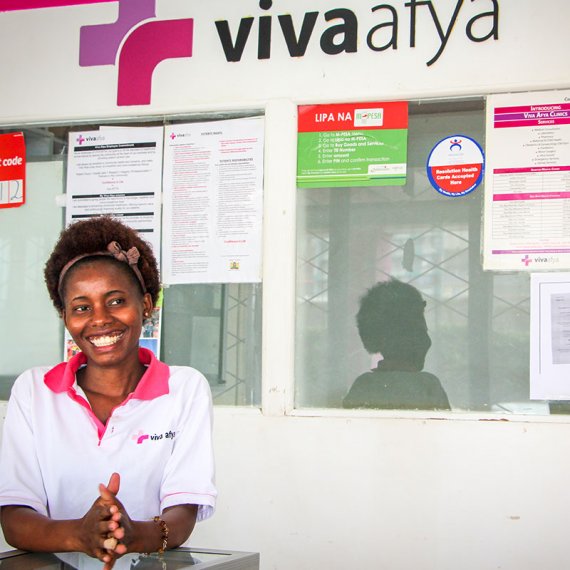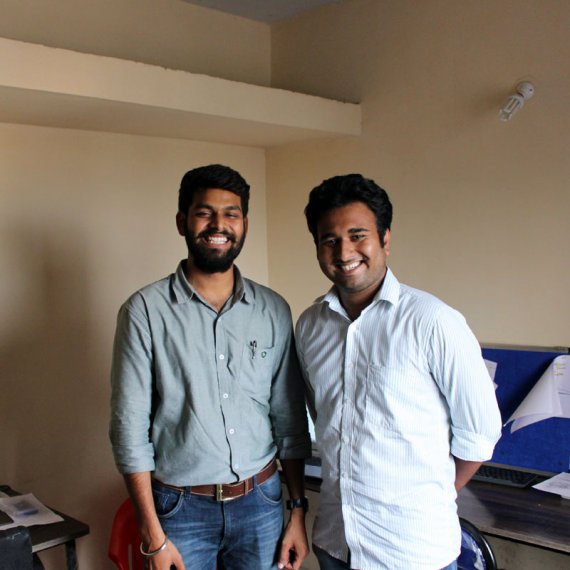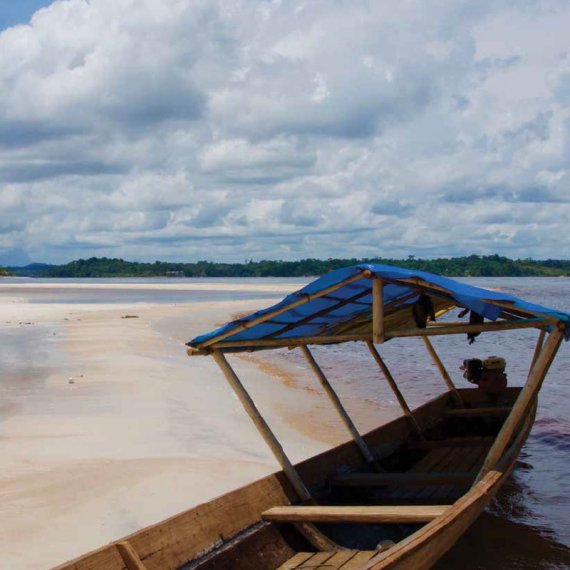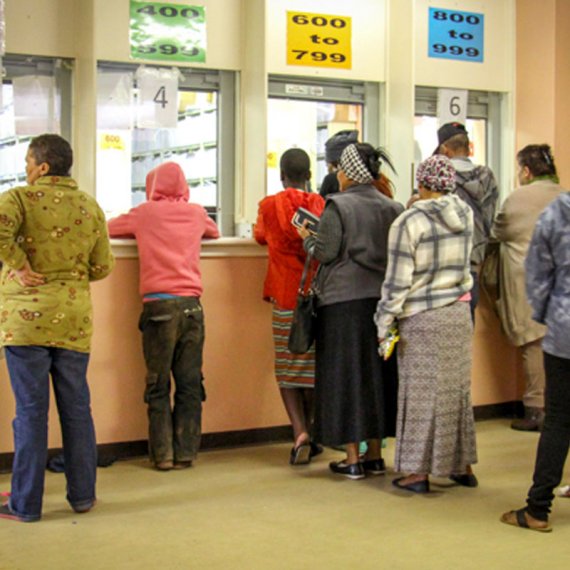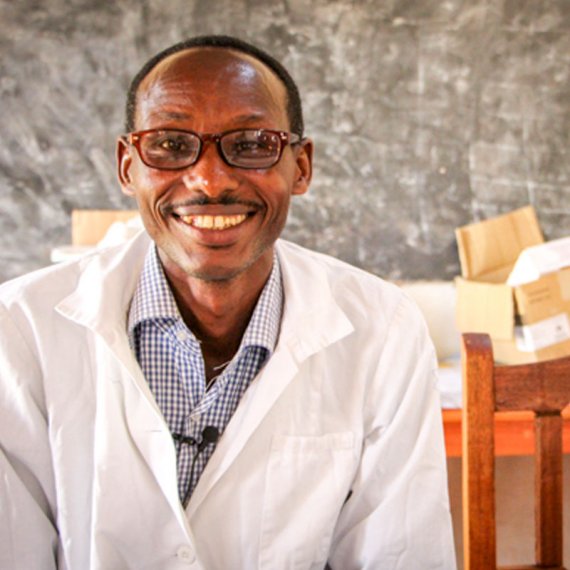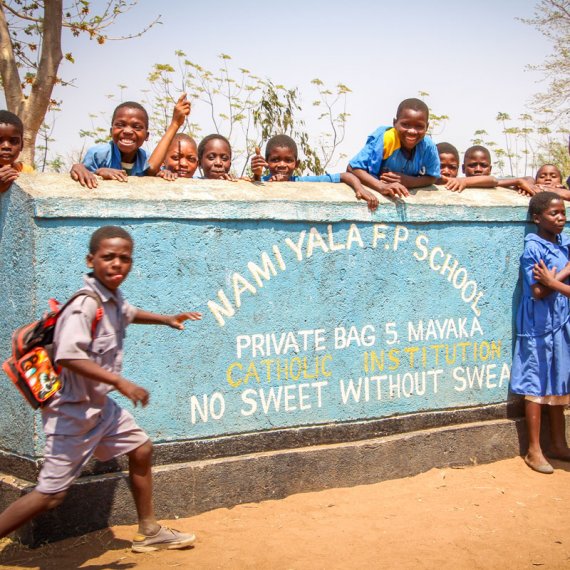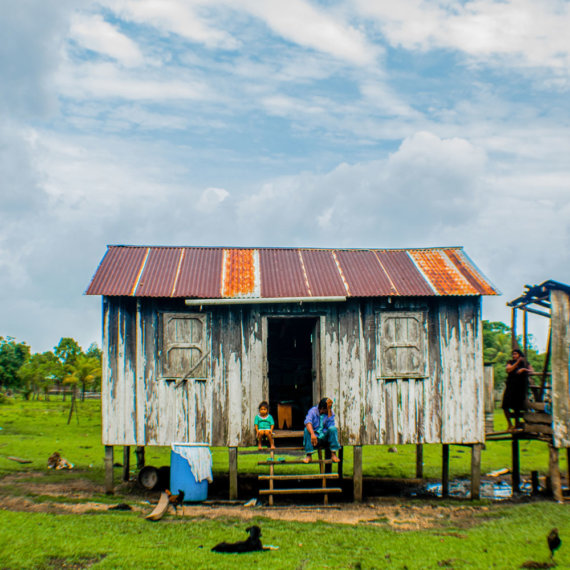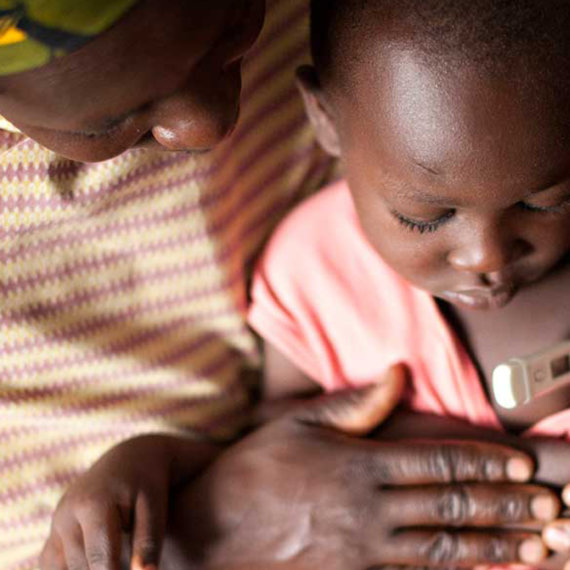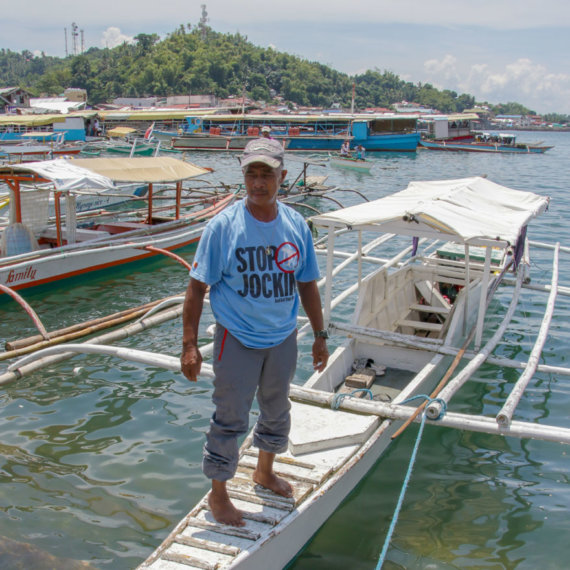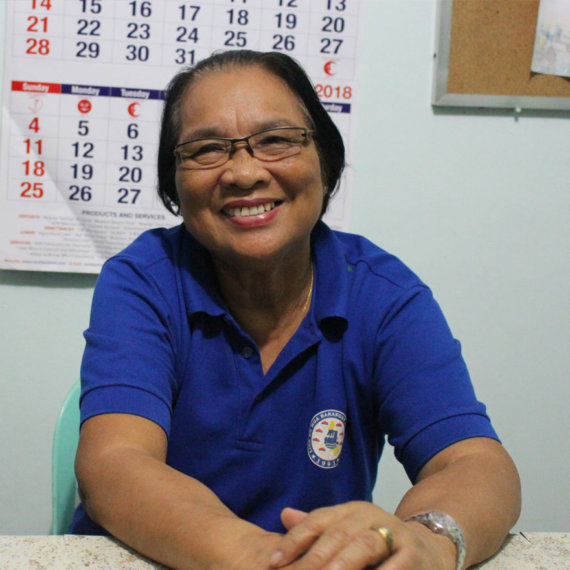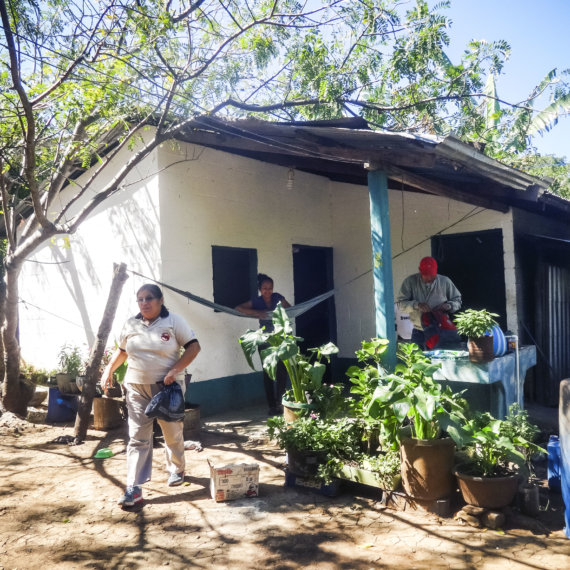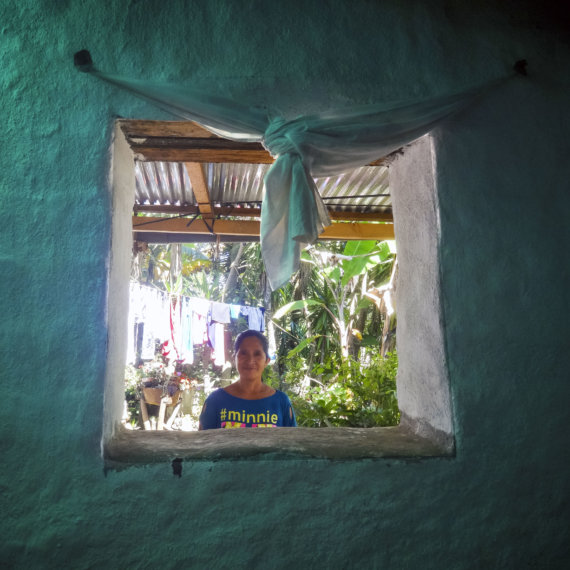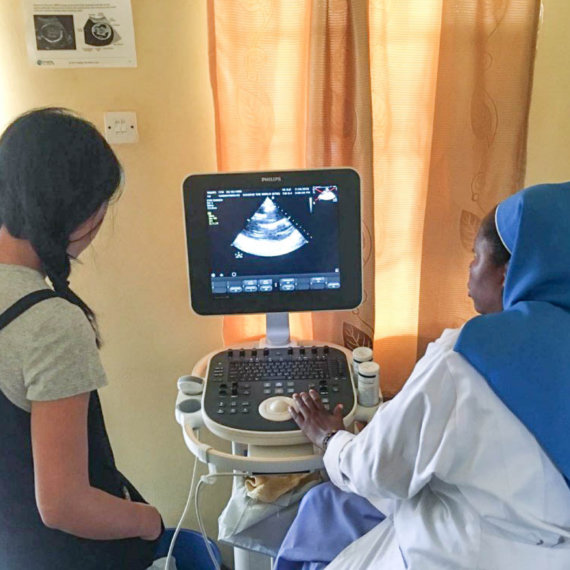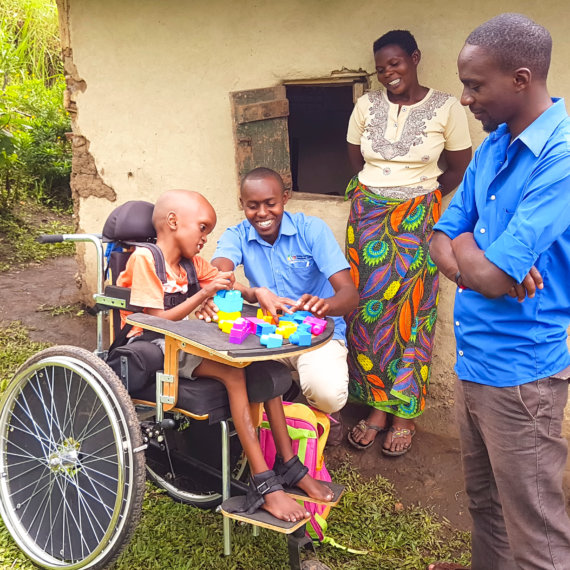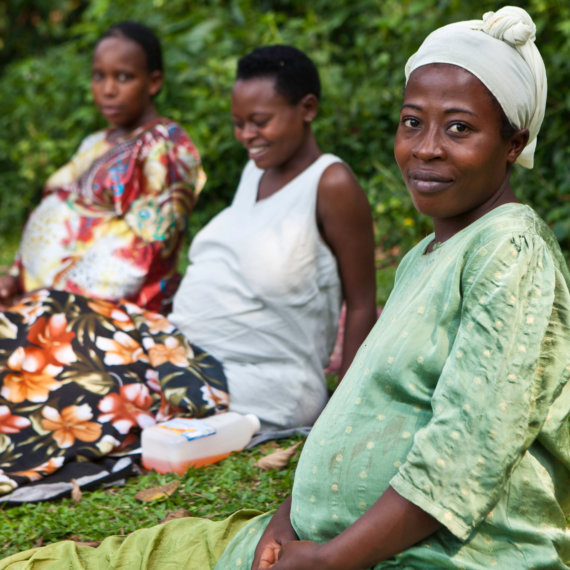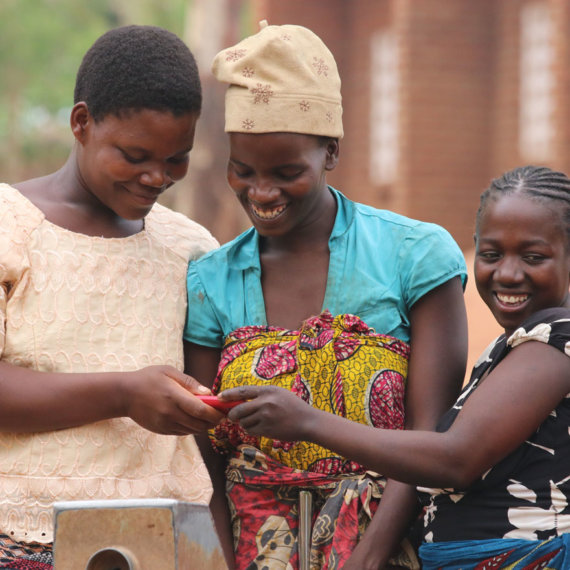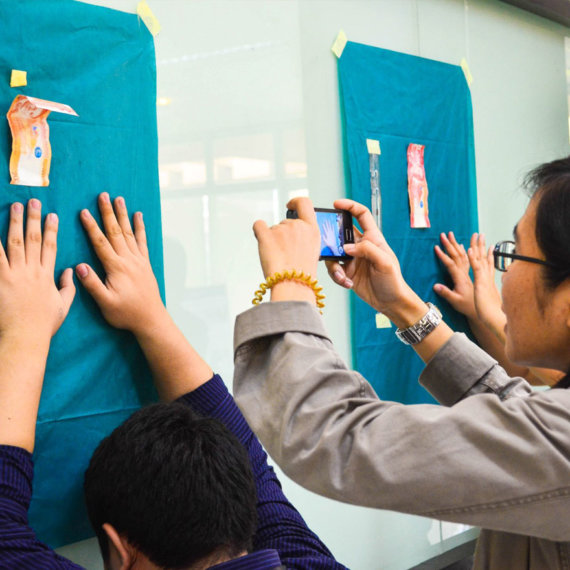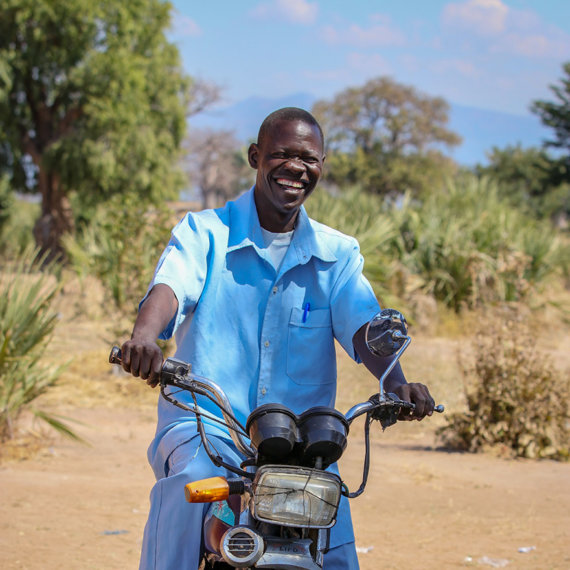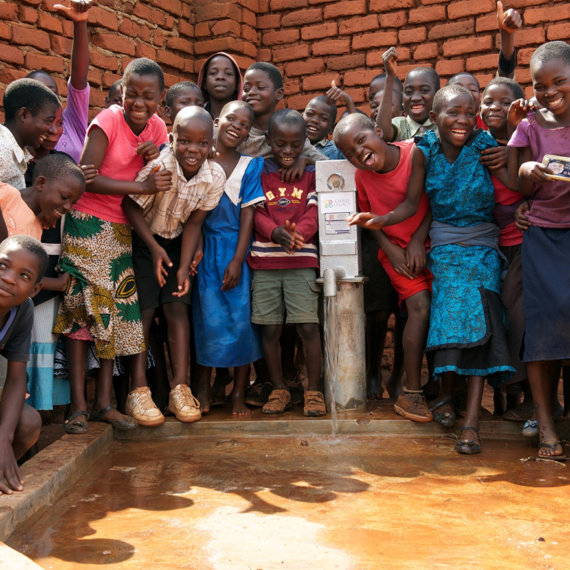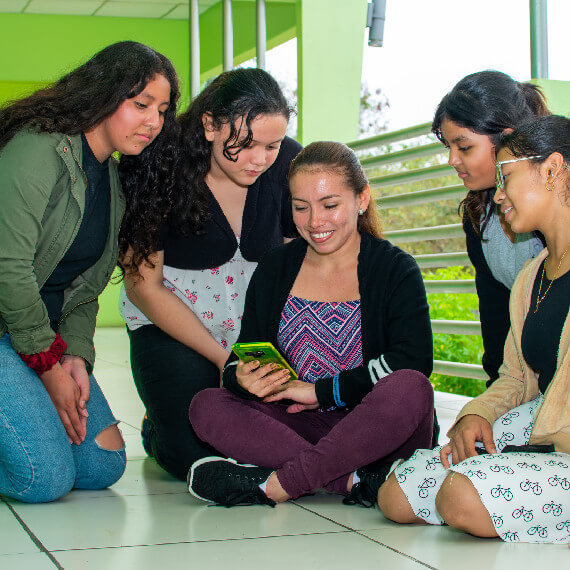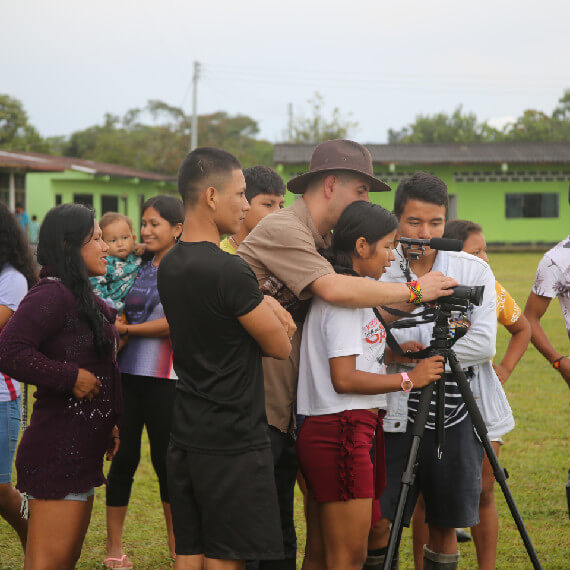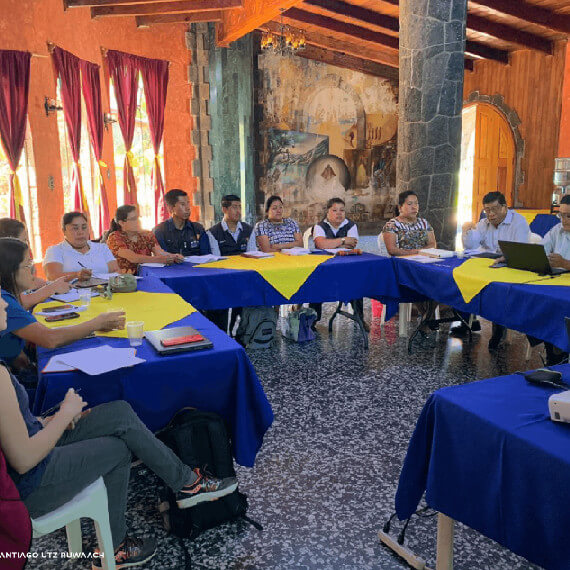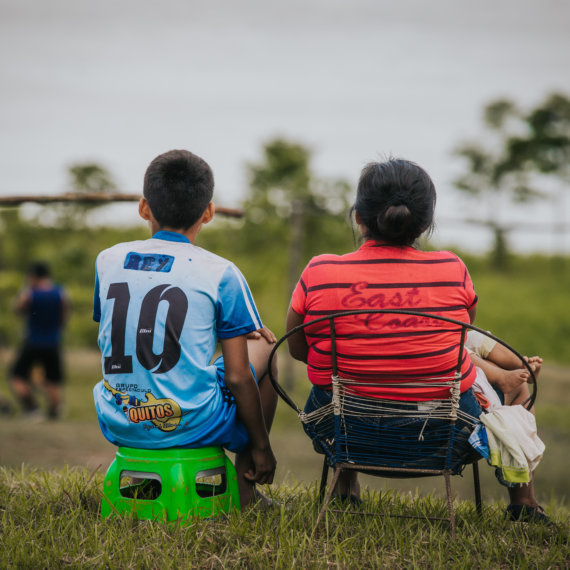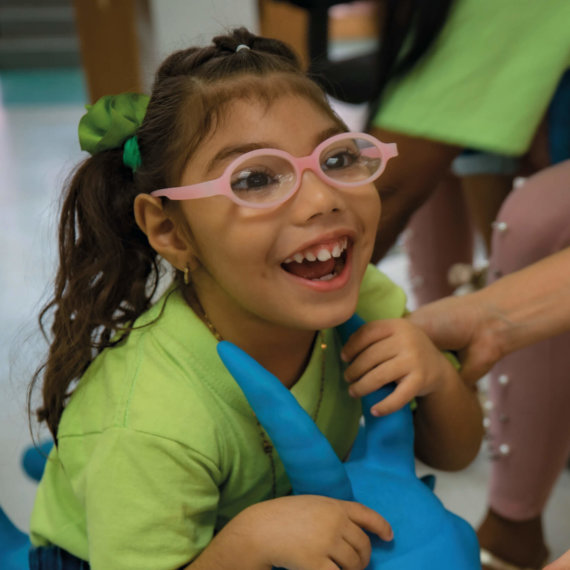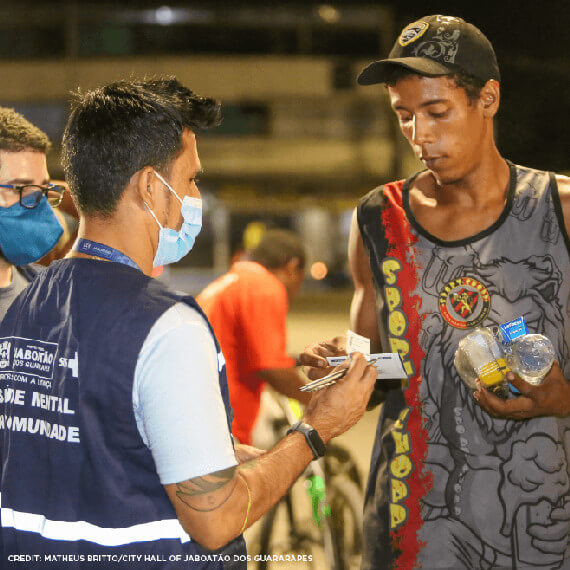INTEGRATED CARE MODEL FOR RURAL AREAS
The Model of Integral Care for Rurality in Sumapaz aims to improve access to and quality of rural health care through intersectoriality and an integrated approach to health.
CONTINENT
LATIN AMERICA
Country
COLOMBIA
Location
Sumapaz, Colombia
Founding year
2001
Focus Location
Community-Facility-Linkage
Organizational structure
Government Institution, Partnership
Health focus
Primary Health Care
Actors Involved
State, Community, Patients, Academics
Programme Focus
Training/Education, Community Mobilisation, Service Delivery, Research
Health System Function
Governance Leadership, Logistics, Human Resources for Health
CHALLENGE
The Sumapaz region is located in the rural area of Bogotá and is considered to be the world’s largest paramo. It has a population of about 2500 inhabitants despite having a large territory, most of which is classified as a National Natural Park, with 60% of its area highly regulated environmentally. The main source of income of its inhabitants is from agricultural activities.
Like many rural regions in Colombia, the inhabitants of Sumapaz have been victims of all forms of armed conflict that have historically occurred, however the population has developed different forms of resistance.
In terms of health, the population has suffered from diseases related to the nature of the rural territory, agricultural work and the routines of farmer’s life, as well as those derived from the lack of drinking water, poor nutrition and problems corresponding to socio-economic exclusion and food insecurity. However, the greatest challenges have always been access to and quality of health for the dispersed rural population.
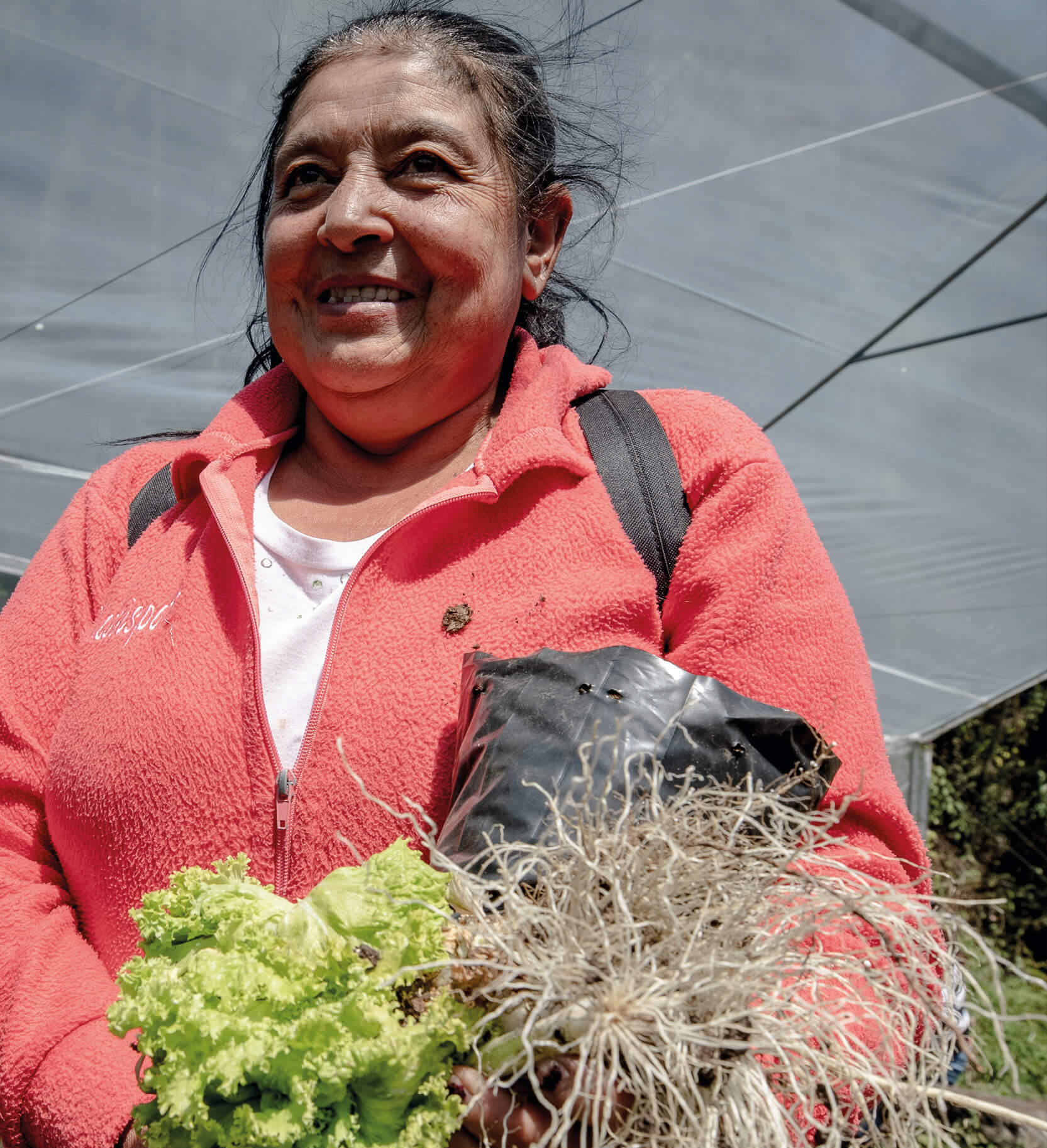
“We worked on the whole issue of medicinal plants, as we understood that this is a rural population that has a lot of adherence to these treatments. We articulated with the integrative medicine component and developed actions so that the families complement the conventional treatment given by the Subred Sur, and can have a greater adherence and health approached in a holistic way.”
– Andrea Moya, agronomist engineer of the Innovative Team
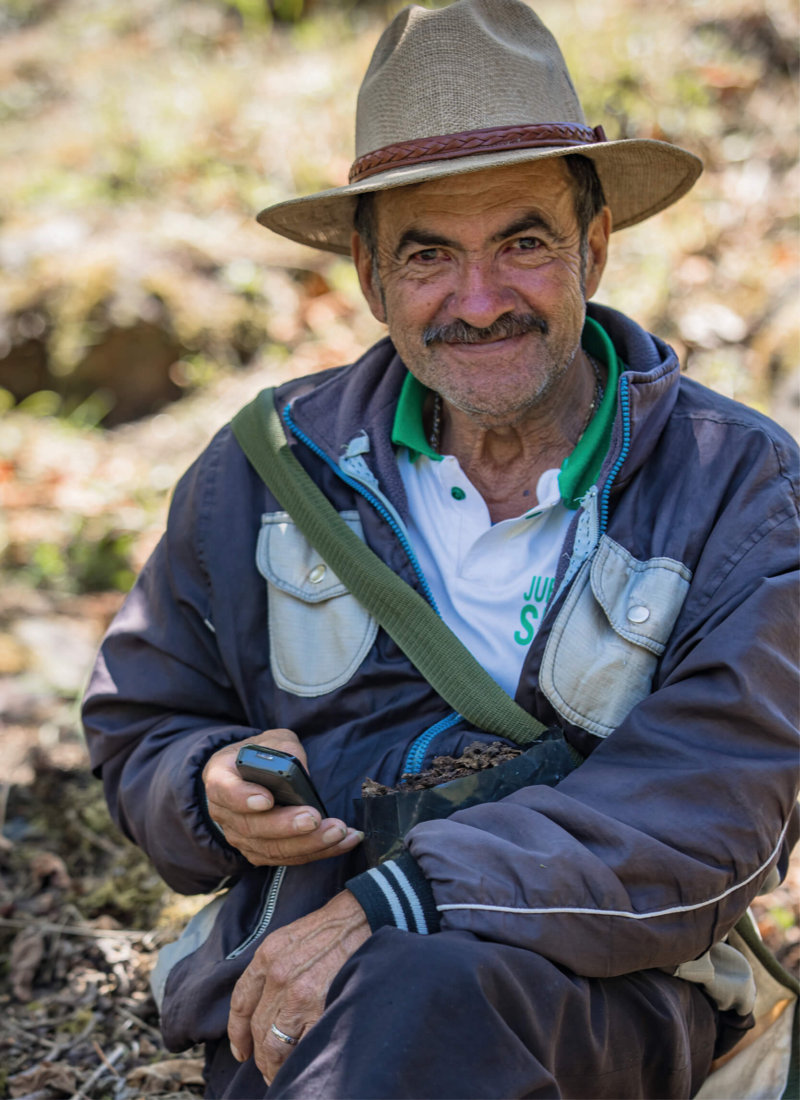
INTERVENTION
The Model of Integral Care for Rurality in Sumapaz, currently implemented by the Subred-Sur, has the purpose of improving the access and quality of health in the rural environment, seeking to overcome the barriers that the high isolation and dispersion of the territory meant. The model is oriented to the integral care of the family and consists of three fundamental components:
1. Community participation. The community is involved in all phases, from the identification and prioritization of needs, to the design of strategies and the implementation of the initiative. The model integrates community and technical knowledge, recognizing the practical knowledge of the farmer about his environment and the intersectoriality.
2. Promotion of integral health and access. The management of the Subred-Sur team articulates the initiative with models of action of the public health sector, and with other areas of the public and academic sector (education, social integration, etc.) to provide comprehensive solutions that improve access. To strengthen coverage, the team makes home medical visits and helps with the necessary procedures for consultations with medical specialists.
3. Environmental perspective. The model works with medicinal plants that are more closely related to the culture of the rural population. It also has a Food Security program whose main activities are the promotion of home gardens, through which work is done on the management of organic waste, restoration using trees, the promotion of healthy diets and eating practices.
“You learn from all those individuals because they come from different rural areas, then it’s a learning, a sharing of knowledge.”
– Jenny García, beneficiary
IMPACT
The team’s effort over 19 years has had results and impacts of various kinds. The Integrated Care Model helped to improve the quality and care of health, as consequent the Sumapaz region has the best health indicators in terms of Maternal quality, perinatal mortality, pneumonia mortality, infant mortality, zero mortality due to neither maternal nor perinatal malnutrition, and a reduction in acute and chronic malnutrition. In addition, two health service units in Sumapaz are certified in high quality by the accreditation body INCONTEC in Colombia.
The model has also contributed to the quality of life of the inhabitants of Sumapaz, since it has been possible to directly reach the homes of many inhabitants who suffer from disabilities or acute pain due to the consequences of agricultural work, and has achieved a reduction in the use of agrochemicals.
The model’s interdisciplinary and intersectoral nature has ensured that the region’s peasants have a very solid training in issues such as environmental care.

“From the Chaquén park I have brought my little seeds and planted them in my gardens with organic fertilizer, and that has served me a lot for my health and for the health of my family, to have a good healthy diet”
– Carmen Rosa Moreno, beneficiary

CASE INSIGHTS
![]() Synergy between the district health system, the health team and the community. The team’s interest in understanding health from the territory together with the community and the management and advocacy they carried out with the public sector, allowed the development and implementation of the model within the regulatory and budgetary frameworks for its continuity.
Synergy between the district health system, the health team and the community. The team’s interest in understanding health from the territory together with the community and the management and advocacy they carried out with the public sector, allowed the development and implementation of the model within the regulatory and budgetary frameworks for its continuity.
![]() The multidimensional approach. The multidimensional approach. The intersection of health with the environment and the community, interdisciplinarity in the reading of social reality and the design of intervention, as well as the articulation of knowledge to understand health and generate new knowledge were key features of this approach.
The multidimensional approach. The multidimensional approach. The intersection of health with the environment and the community, interdisciplinarity in the reading of social reality and the design of intervention, as well as the articulation of knowledge to understand health and generate new knowledge were key features of this approach.
![]() Intersectoral intervention as key to comprehensive health. Comprehensive health intervention requires relationships between different actors and organizations within the health sector and with other sectors, in order to establish networks to overcome barriers and increase the impact of health interventions.
Intersectoral intervention as key to comprehensive health. Comprehensive health intervention requires relationships between different actors and organizations within the health sector and with other sectors, in order to establish networks to overcome barriers and increase the impact of health interventions.
![]() Social appropriation of knowledge. The model has taken into account the co-creation between the communities and the health institution, and the use of effective mechanisms of knowledge transfer based on a understanding of social needs and the design of intervention strategies that are highly relevant to the rural context and its population.
Social appropriation of knowledge. The model has taken into account the co-creation between the communities and the health institution, and the use of effective mechanisms of knowledge transfer based on a understanding of social needs and the design of intervention strategies that are highly relevant to the rural context and its population.

